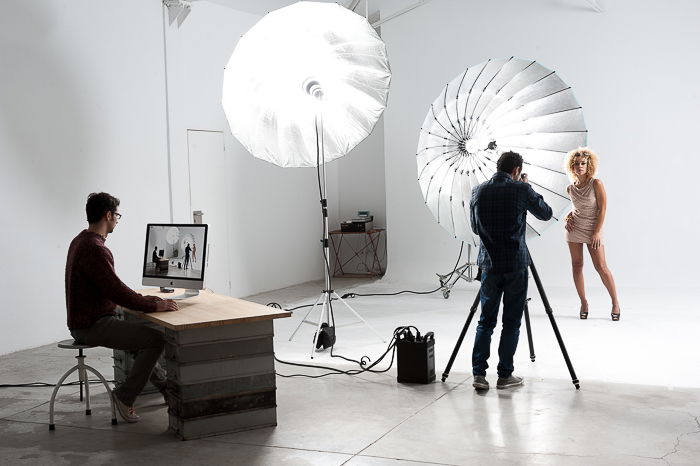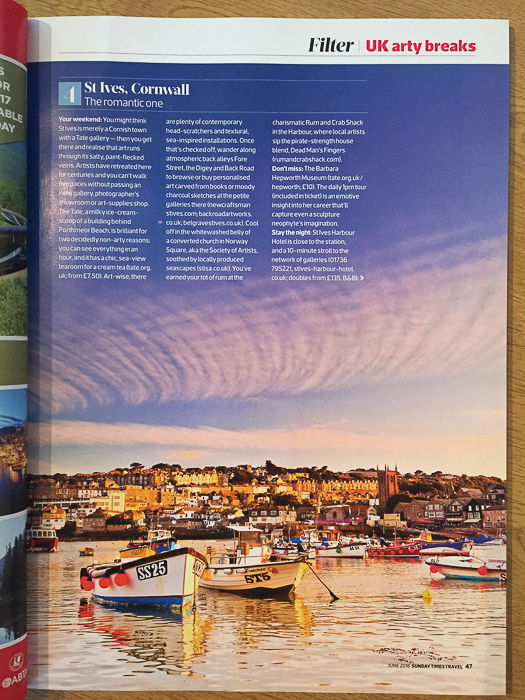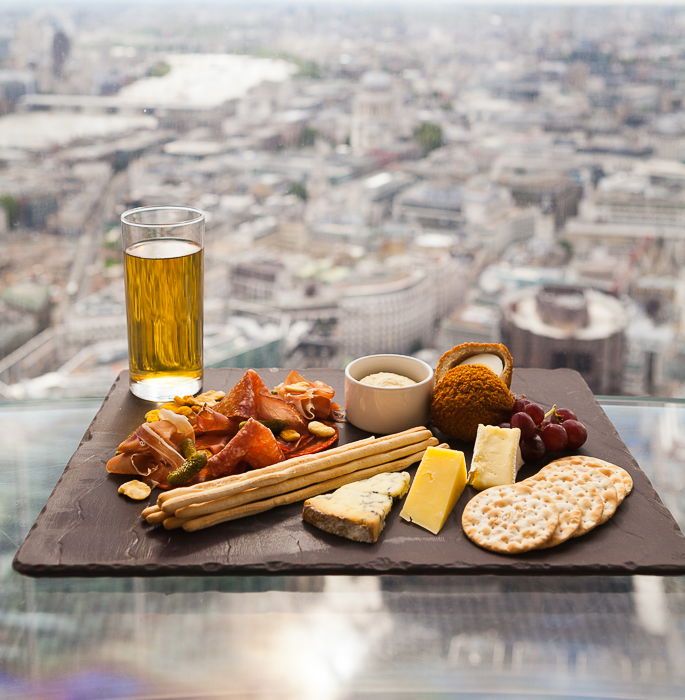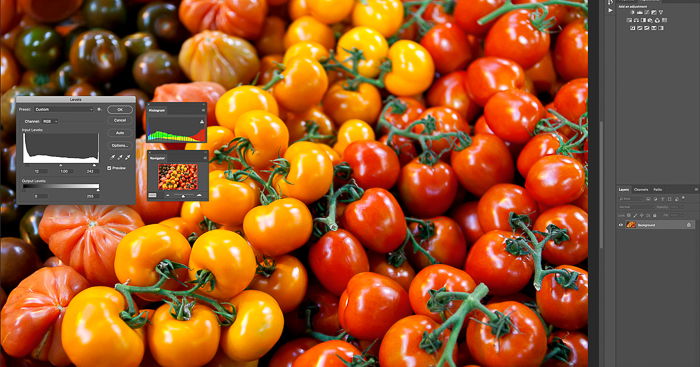If you’re a photographer, you’ve probably considered submitting photos to magazines. It’s a great way to get your work seen by a wider audience, and it can also lead to lucrative assignments.
But before you start submitting your photos, it’s important to understand the pros and cons of doing so. In this article, we’ll take a look at both sides of the equation so you can make an informed decision about whether or not to submit your work.
There is no doubt that having your high-quality work published in a photography magazine has its positives.
Whether you are an outdoor photographer or a fashion photographer, there are magazines out there that might take your work.
If it’s good enough.
Here are five great things about submitting photography to magazines.
The biggest benefit of having your work published is the exposure you’ll receive. A reputable publication can expose your image to hundreds of thousands of people. These are often people with an interest in your chosen field.
Getting your photo out there through a magazine can help your exposure more than even your photography blog or online portfolio. People still read magazines, whether we’re talking print publications or digital magazines.
The average magazine reader is also more likely to look at your photo and absorb it. They’ve paid for those high-quality inkjet printouts, after all.
Print magazines are unlike social media in this sense. Users can’t skip over your image without a thought.
The other benefit of print versus a website is that it can’t be changed or removed. A published photo is in that issue for good.

Whether your work appears in national magazines with print publications or only in online magazines, you should always ask for payment for any work published anywhere.
Of course, there might be occasions when the exposure and potential customers outweigh the initial payments. But usually, a published photo will get you some income.
And what could be better than getting paid for something that you love doing?

Even if you don’t get paid, there is always the chance that the published photo could lead to more work in the future.
With so many readers, they could vary from your average customer to marketing managers. Even picture editors and art directors read magazines.
There is also the possibility that the magazine will contact you for future paid work again.

Starting out on your photography journey can seem daunting. After all, usually, you won’t have a tutor to give you feedback on your work.
By aiming to submit photos to magazines you will give yourself a goal to work towards. That could be to have one photo published at first. Then 100.
When you do have a photo printed, it can give a great boost and a feeling of pride. It also helps confirm that you are on the right track when your online submissions get accepted.

Freelance photography is a lonely business. And you often have to generate ideas for shoots.
Because you have free reign it’s easy to get into a routine of photographing the same things over and over again.
A successful photography submission to a magazine requires focus on a story or narrative. Even a single image will need to be shot in a way that would work for that magazine.
This will almost act like a brief and help focus your photography on a specific goal. It will also help you diversify your work. Magazines will ask for a range of photography topics.
Magazines are also a great way to find photography contests to participate in.

It might seem like there is nothing but positives for submitting your photography to magazines.
But here are 5 negatives that you should consider before submitting to magazines.
A magazine will have a limited number of issues a year. Each issue will only have a few opportunities for potential submitted photos.
This limited opportunity along with the competition can mean a lot of rejections. Or as is often the case with magazines no response at all.
This can be disheartening and knock your confidence. When you are starting out this can hit you hard. That submissions page can become a source of anxiety, and you can end up doubting even your best work.
You’ll need to develop a thick skin and be willing to accept the failures if you want to submit photos to online or print magazines.

You will often be paid for photos, but this will usually be a small amount. The going rate for images has dropped in recent years and this has meant that photos can’t fetch the fee they used to.
Don’t expect to earn a fortune after one or two photo sales to magazines.
Submitting photos to magazines is a long-term game, just like stock photography, or selling photographic prints.

You have found a magazine that you want to target for photography submissions. You have worked out a shoot with the aim of capturing images to then send to the magazine.
You have your great work collected in digital files. And you’ve put together the right sales email, with a catchy subject line, or fill out the online form for submissions.
This is what you have to do sell your images to be able to make a return on your investment.
But there is no guarantee that the magazine will accept your images or even pay you enough to cover your costs.
This could mean wasted money and time you could have used elsewhere in your photography business.

When I saw my first ever double-page spread in a magazine, I thought that I had made it. I thought that commissions and business would come rolling in.
The reality is that nothing changed. I still had to go through all the same processes and marketing to be able to generate work.
It’s to have work published. But it might not mean anything long term. Sure, you can add it in a corner of your portfolio website.
But no potential clients have ever asked me to supply examples of published work.

For most people photography is done for the sheer love of it. When photographing for magazines, there is a risk that you’ll stop taking pictures you like.
You might love photographing in black & white but the magazine that you want to submit to only accepts color photos. In order to get their attention, you’re stuck photographing in color.
Do this enough times and you may find that the very reason that you got into photography in the first place disappears.
It’ll become a job rather than something you love.

Now that you have the pros and cons laid out, here are some final tips on how to submit your work to magazines. In case you decide this is for you.
Before starting you need to do some pre-planning and research into the magazine of your choice. There are thousands of magazines all publishing photographs.
You need to work out which one suits your style of photography and your subject matter.
Also, you need to actually find magazines looking for photos. There is no point sending photos to a publication that only commissions photographers for their photos.

Photo editors and art directors receive lots of submissions on a daily basis. It’s down to you to make sure that you adhere to their requirements. If it says send low-resolution JPEGs, don’t send high res TIFF files.
All this will achieve is get your email deleted. Always remember that the magazine isn’t going to change their style and requirements for you.
So, you need to fit in with what they are looking for.
Whilst a photo can be subjective, the one thing that is beyond debate is the technical elements of it. If a photo is blurry then it is unlikely to be published. So before submitting photos make sure they are technically perfect.
This means sharp, correctly focused and free of blemishes. The last thing you want is the embarrassment of a photo being rejected on technical grounds.

These pros and cons will help you decide whether submitting photography to magazines is for you.
For most photographers, the sense of pride from having work published is enough to tip the scale. But there are risks.
Be sure to keep these positive and negative aspects of submitting photography to magazines in mind as you make a decision.